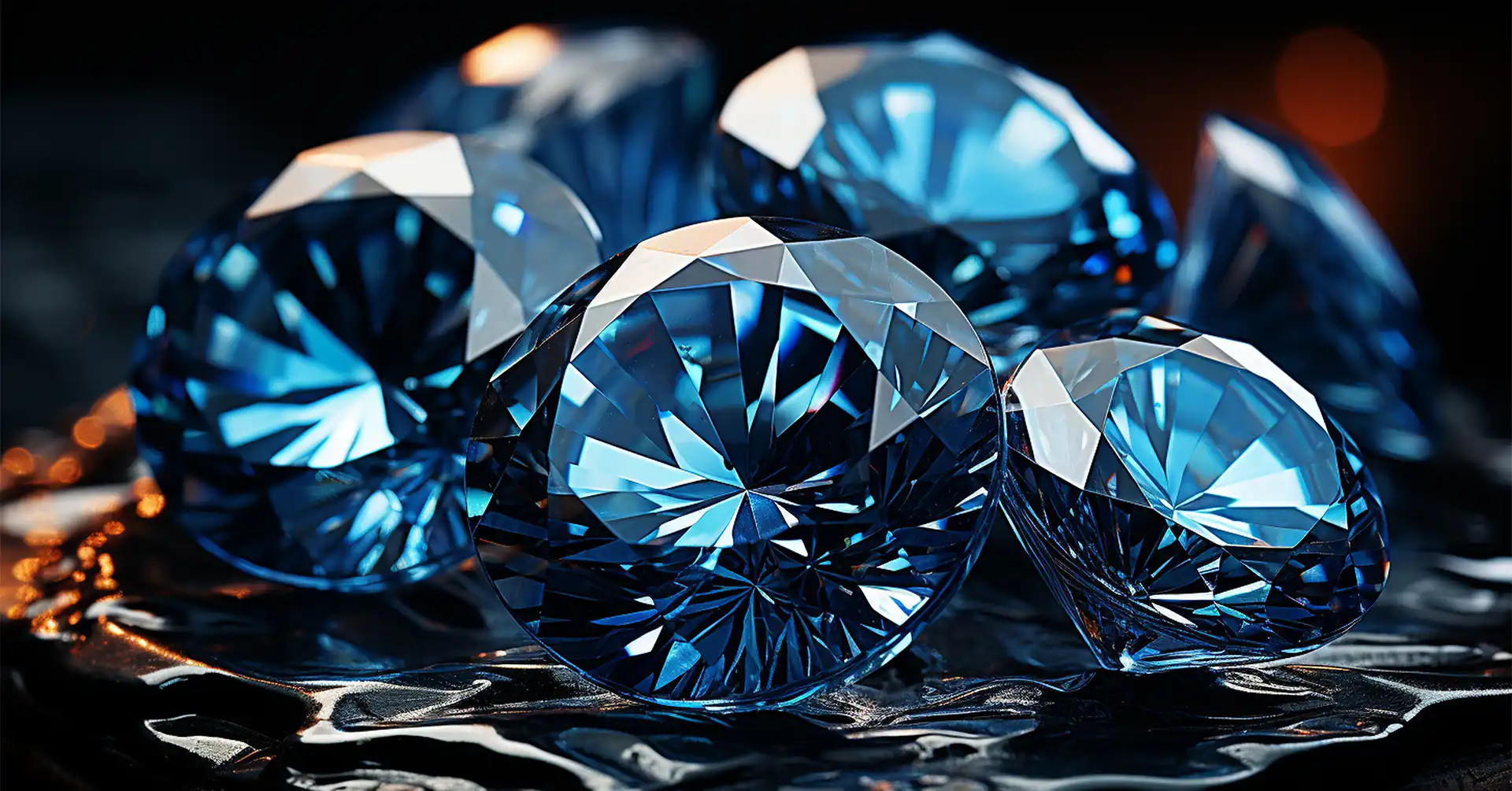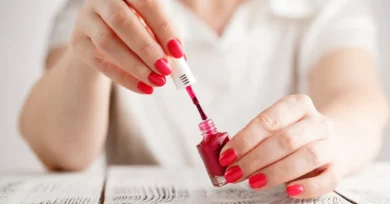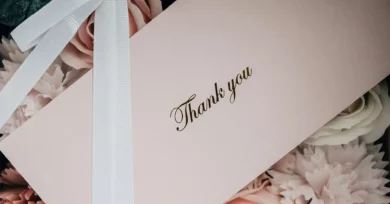Blue diamonds have a unique charm that sets them apart from other gemstones. Their captivating color and brilliance make them highly desirable among jewelry enthusiasts in the US. Unlike traditional clear diamonds, blue diamonds owe their mesmerizing hue to the presence of boron during their formation. This element interacts with the diamond’s crystal lattice, resulting in a range of blue shades, from light sky blue to deep ocean blue.
For many Americans, blue diamonds are not just a piece of jewelry; they are a statement of elegance and exclusivity. Their striking appearance often symbolizes sophistication and a love for unique beautyBlue Diamonds: Rarity and Market Demand. Whether set in a ring, necklace, or earrings, blue diamonds are sure to catch the eye and spark admiration.
Historical Significance of Blue Diamonds in the US
Blue diamonds have a rich history in the United States, reflecting both cultural and financial value. One of the most famous blue diamonds, the Hope Diamond, has its roots deeply embedded in American history. Acquired by American socialite Evalyn Walsh McLean in the early 20th century, the Hope Diamond is now a centerpiece at the Smithsonian Institution in Washington, D.C. This gem’s journey from royal European courts to becoming an American national treasure showcases the timeless allure of blue diamonds.
In addition to their historical prominence, blue diamonds have played significant roles in various American cultural moments. Celebrities and high-profile figures have often adorned themselves with blue diamonds, further cementing their status as symbols of luxury and prestige in the US. These gems are frequently featured in Hollywood movies and red-carpet events, highlighting their ongoing appeal in contemporary American society.
The historical and cultural significance of blue diamonds continues to thrive, making them highly prized possessions among American collectors and enthusiasts. Their rarity and beauty not only make them valuable investments but also cherished heirlooms passed down through generations.
The Science Behind Blue Diamonds
What Gives Blue Diamonds Their Color?
Blue diamonds are truly mesmerizing, and their captivating blue hue sets them apart from other diamonds. The unique color of blue diamonds comes from the presence of the element boron within the diamond’s crystal structure. When light passes through the diamond, the boron atoms absorb yellow light, which causes the stone to reflect a stunning blue color. This natural process is rare and contributes to the high value and desirability of blue diamonds.
In the United States, blue diamonds are particularly prized not just for their beauty but also for their scientific rarity. Unlike other colored diamonds, which might gain their hues from nitrogen or other impurities, the boron in blue diamonds creates a distinct and consistent blue shade that is highly sought after by collectors and jewelry enthusiasts across the country.
Geographical Origins: Where Are Blue Diamonds Found?
Blue diamonds are incredibly rare, and their origins add to their mystique. Most blue diamonds are found in a few select locations around the world. The majority of these precious stones come from the Cullinan Mine in South Africa and the Golconda region in India. Additionally, some blue diamonds have been discovered in Brazil and Australia, although these sources are less common.
For American buyers, understanding the origins of blue diamonds adds to their allure. When purchasing a blue diamond, knowing its geographical origin can enhance its story and value. The Cullinan Mine, for instance, is famous for producing some of the most notable blue diamonds in history, including the famous Blue Moon Diamond. This connection to renowned mines and exotic locations makes blue diamonds even more appealing to the US market.
Market Demand and Value
Current Market Trends for Blue Diamonds in the US
Blue diamonds have captivated the American market, becoming a symbol of elegance and sophistication. Over recent years, there has been a noticeable increase in interest and demand for these unique gems. One of the driving forces behind this trend is the growing popularity of rare and exotic gemstones among collectors and jewelry enthusiasts.
High-profile auctions and celebrity endorsements have significantly boosted the visibility of blue diamonds. For instance, when famous personalities are seen wearing blue diamond jewelry on the red carpet, it creates a buzz that resonates with the public. This visibility has contributed to a surge in demand, as more people aspire to own these exquisite stones.
Factors Influencing the High Value of Blue Diamonds
Several factors contribute to the high value of blue diamonds. First and foremost, their rarity plays a significant role. Blue diamonds are one of the rarest colored diamonds, making them highly sought after. Their scarcity means that even a small increase in demand can lead to a substantial rise in value.
Another factor is the exceptional beauty of blue diamonds. The unique blue hue, which ranges from light blue to deep, vivid blue, is unlike any other gemstone. This distinctive color is caused by the presence of trace amounts of boron within the diamond’s structure, which makes these diamonds particularly special.
Famous Blue Diamonds
Blue diamonds have fascinated people for centuries, often becoming symbols of wealth and power. One of the most famous blue diamonds is the Hope Diamond. Discovered in India, it eventually made its way to the United States and is now on display at the Smithsonian Institution in Washington, D.C. This 45.52-carat gem is renowned not only for its deep blue color but also for its supposed curse, adding to its mystique.
Iconic Blue Diamonds Owned by Americans
In the United States, blue diamonds have also found their way into the collections of some notable figures. One such example is the Blue Heart Diamond, a 30.62-carat heart-shaped gem. Originally found in South Africa, it was eventually purchased by Marjorie Merriweather Post, a wealthy American socialite. She donated the Blue Heart Diamond to the Smithsonian Institution, where it remains a beloved exhibit.
Blue Diamonds in Pop Culture
Blue diamonds have not only been treasured in historical and private collections but have also made their mark in American pop culture. For instance, the famous fictional “Heart of the Ocean” blue diamond necklace featured in the blockbuster movie “Titanic” has captivated audiences and increased public interest in blue diamonds. Although the necklace is not a real blue diamond, its portrayal in the film has cemented the image of blue diamonds as the ultimate symbol of luxury and romance.
Investment Potential
Investing in blue diamonds can be a wise choice for those looking to diversify their portfolio with something rare and beautiful. Blue diamonds have consistently proven to be valuable assets due to their rarity and desirability among collectors and enthusiasts.
Pros of Investing in Blue Diamonds
- Rarity and Demand: Blue diamonds are exceptionally rare, making them highly sought after. This rarity ensures that their value remains high and continues to appreciate over time. Many investors in the US are drawn to blue diamonds precisely because they are unique and not easily available.
- Value Appreciation: Historically, blue diamonds have shown strong appreciation in value. They tend to perform well even during economic downturns, providing a stable investment option. For example, many US investors have seen their blue diamond investments grow significantly in value over the years.
- Tangible Asset: Unlike stocks or bonds, blue diamonds are physical assets that you can hold and appreciate in person. This tangibility adds a level of security and satisfaction for many investors, particularly those in the US who value physical properties.
- Aesthetic Appeal: Beyond their investment value, blue diamonds are also stunning pieces of jewelry. Owning a blue diamond allows investors to enjoy the beauty of their investment, making it a dual-purpose asset.
Cons of Investing in Blue Diamonds
- High Initial Cost: Blue diamonds can be expensive to purchase initially, which may be a barrier for some investors. The high upfront cost means that this type of investment is often more accessible to wealthier individuals.
- Market Liquidity: Selling blue diamonds can be more challenging compared to other investments. The market for blue diamonds is more niche, and finding the right buyer at the right price can take time. US investors need to be prepared for potentially longer holding periods.
- Storage and Insurance: Safeguarding a valuable blue diamond requires proper storage and insurance. These additional costs can add up over time, impacting the overall return on investment. It’s crucial for US investors to factor in these costs when considering blue diamonds as an investment.
- Market Knowledge: Investing in blue diamonds requires a good understanding of the gemstone market. Without proper knowledge, investors may overpay or purchase lower-quality stones. It’s advisable for US investors to consult with experts or jewelers before making a purchase.
The Buying Guide
Tips for Purchasing Blue Diamonds in the US
When buying blue diamonds, it’s essential to make informed decisions to ensure you get the best value for your money. Here are some tips tailored for the US market:
Know Your Budget
Determine how much you’re willing to spend before you start shopping. Blue diamonds can be pricey, and having a budget will help you narrow down your options.
Research Reputable Jewelers
Shop from well-known and trusted jewelers in the US. Look for stores with good reviews and strong reputations. This reduces the risk of buying fake or substandard blue diamonds.
Understand the 4 Cs
Familiarize yourself with the four Cs: Cut, Color, Clarity, and Carat weight. For blue diamonds, color is particularly important. The richer and more vivid the blue, the more valuable the diamond.
Consider the Setting
Think about how the blue diamond will be set. The right setting can enhance the diamond’s color and brilliance. Popular settings in the US include white gold and platinum, which complement the blue hue beautifully.
Seek Expert Advice
Don’t hesitate to ask questions. Knowledgeable jewelers can provide insights into different blue diamonds and help you choose one that fits your needs and budget.
Understanding Certification and Authenticity
When purchasing blue diamonds, ensuring their certification and authenticity is crucial. Here’s what you need to know:
Look for Certification
Always buy blue diamonds that come with a certification from a reputable gemological laboratory, such as the Gemological Institute of America (GIA). Certification verifies the diamond’s attributes and authenticity.
Check the Certificate Details
Review the certification details carefully. It should include information about the diamond’s cut, color, clarity, and carat weight. For blue diamonds, it will also detail the color grade and origin.
Verify the Laser Inscription
Some certified blue diamonds come with a laser inscription on the girdle, which matches the certification number. This added security feature ensures the diamond you’re purchasing is the one described in the certificate.
Ask for an Appraisal
In the US, it’s common to get an independent appraisal of your blue diamond. An appraisal provides a market value and can be useful for insurance purposes. Make sure the appraiser is qualified and unbiased.
Conclusion
In conclusion, blue diamonds, with their captivating allure and significant investment value, require careful maintenance to preserve their brilliance and worth. By adhering to regular cleaning routines, avoiding harsh chemicals, ensuring safe storage, and seeking professional inspections, you can keep your blue diamond jewelry in pristine condition. Following these expert tips from US jewelers not only enhances the longevity of your treasured pieces but also ensures they remain a dazzling centerpiece of your collection for generations to come.
Also Read:






